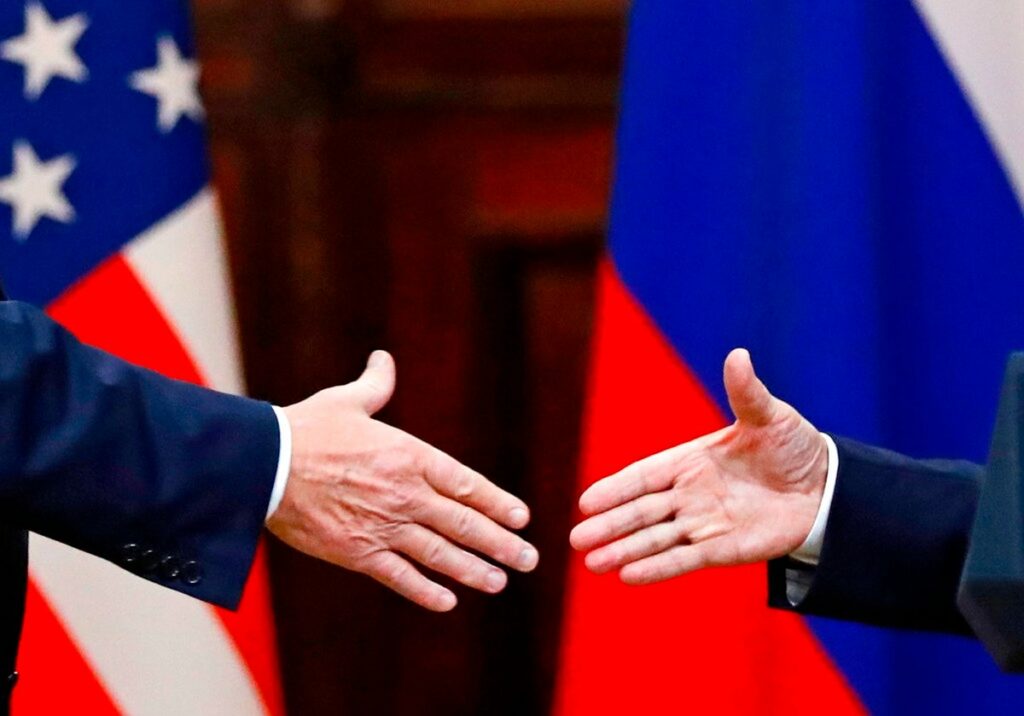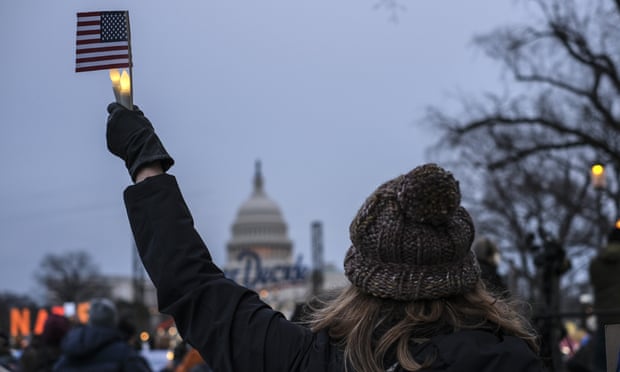Prices and Funds
At the final press conference, President Vladimir Putin pointed out that inflation in the U.S. reached 6.2%, which is triple the target rate of 2%. In Russia, the growth rate was only two times higher than the target. “And it is serious. I think that the Fed will have to do something,” stated the Russian head of state.
Let’s figure out exactly what is happening in the U.S. The Basic Consumer Price Index (which doesn’t include changes in food and energy prices) achieved local lows in June 2020 at 1.2%. After a short increase, the rate fell back to 1.3% in Feb. 2021. At the same time, in April 2021, it soared up to 3%, making it the highest rate since 1995. But the rate did not stop there: In November, it reached 4.9%, and the consumer price index, in turn, soared even higher — to the level of 6.8%.
Along with increased inflation in the United States, we can highlight the strong recovery in the growth of demand in 2021 and a rapid rebound in economic activity. This stimulated a rise in prices for a wide range of commodities, which led to an increase in the cost of the entire value chain and also sharply increased the demand for labor. This labor shortage then led to a noticeable increase in wages.
At the same time, during 2021, the Fed regularly pointed out that the prices of a narrow group of goods and services — including used cars and trucks, air tickets, electricity and others — have a noticeable effect on the dynamics of prices in the United States. The rise in price was expressed in double digits. A certain jump in American prices was also caused by pumping the economy with money. As a result, the ratio of money supply to GDP rose to a record level since the 1950s and amounted to 89%.
Without a historical context, a consideration of the inflation situation in the U.S. would be incomplete. Over the last 200 years, it has broken through the 5% mark several times. This happened in the 1970s and 1980s, when the gold standard was abolished and the dollar devalued, after which the energy crisis occurred. Then the Federal Reserve, in an attempt to curb inflation, raised the key rate, which, among other things, limited economic activity.
Drawing an analogy with this period, we can say that, despite a number of similar rates (budget deficit, growth of social spending, aggressive build-up of public debt), many of the variables are radically different. There is no shock to the currency system, there is no powerful stimulus for spending growth, and besides, the key rate's level of increase is also quite different — the Fed rate reached 17.5% in 1980, while at the end of 2023 it may be only 1.625%. It's also important to note that the growth rate of global GDP has decreased from 6-6.5% (in the early 1970s) to 2.3-3.3% (in 2017-2019).
I expect the gradual slowdown of inflationary pressure in the U.S. amid the growth of employment, a reduction of energy price changes, and the gradual normalization of the situation in the supply chain. Regarding the stability of inflation, it should be noted that the yield of U.S. government bonds will receive a growth stimulus both amid changes in monetary policy (the Fed has already begun to curtail quantitative easing) and as a result of fiscal stimulus measures. Infrastructure and social packages will require additional resources (about $2.25 trillion), which will also spur the growth of yields, leading to a restraining effect on economic activity and inflation.
At the same time, the crucial point for investors is not the rise and fall of GDP or inflation itself, but the dynamics of the stock index. From 1971 to 1982, the average annual increase in the S&P 500 Index was 4.3%, and about 9% when taking into account dividends, which is a relatively strong outcome, taking into account economic shocks. In the current crisis, the dynamics of the index were even more positive: In 2020, it grew by 15% and in 2021 by 26%.
In comparing the situation in the U.S. and in Russia, it’s important to note that the rate of inflation is found to be at comparable levels. It is likely that the Fed will follow the path of the Central Bank of the Russian Federation: Increased rates of price growth in the States will likely lead to several increases in the key [interest] rate in 2022. As a result we will see something that resembles 2014, when the previous cycle tightening of monetary policy in the United States provoked the weakening of emerging market currencies.
The author is the director of analytical department of "Freedom Finance."
Izvestia's editorial board position may not match the author's opinion.


